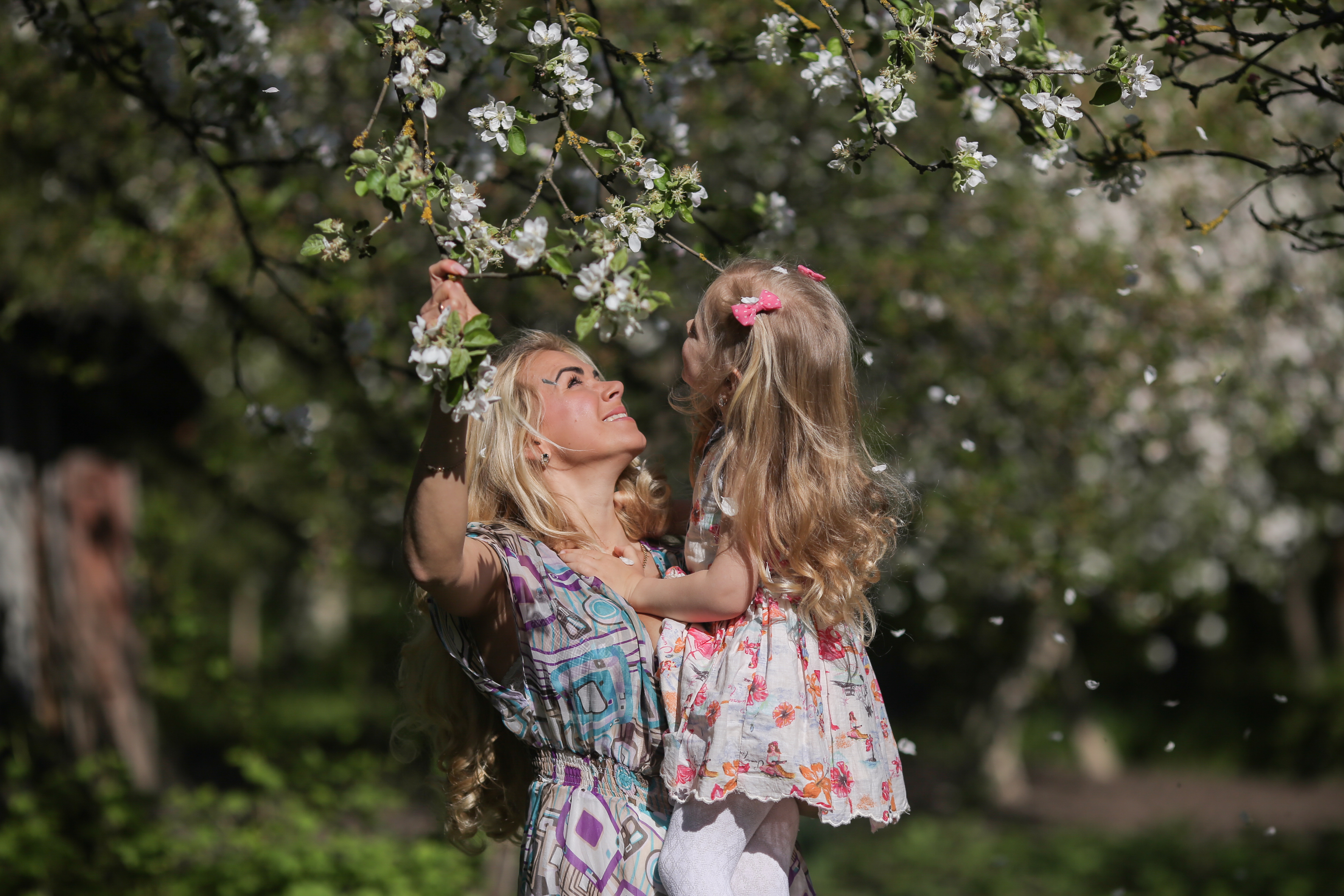5 activities to learn spring vocabulary

Spring is in the air! Children observe nature awakening and learn about the things associated with spring on their walks. So relating lessons to the real world will make them more meaningful and engaging. If you are looking for theme-based activities, try these ones.
1. Flannel storyboard "5 little flowers".
Vocabulary to practice: the sun, flowers (carnation, tulip, pansy, daisy, hyacinth), rain, to grow, clouds, thunder, lightning.
Make felt pieces for this storyboard. I used ice cream sticks for stems so it will be comfortable to hold flowers and use them for playing. Place them on the board while you are telling the story.

Text from http://www.adventuresinstorytime.com/2016/02/flannel-friday-five-little-flowers.html
Five little flowers growing in a row
The first one said, "We need rain to grow."
The second one said, "Yes, we need water!"
The third one said, "Whew, it's getting hotter!"
The fourth one said, "Look, there are clouds in the sky."
The fifth one said, "I wonder why?"
Then "BOOM" went the thunder,
And "ZAP" went the lightning.
That springtime storm was kind of frightening.
But were the flowers scared? No, no, no.
We learn colours, numbers 1-5, and the names of the flowers with the felt set. We also "grow" flowers in the garden.

2. Cutting the grass from Taming little monsters.
Vocabulary to practice: a flower, a meadow, a caterpillar, a bee, a butterfly, a ladybug, a grasshopper, a snail, to cut, long grass blades.
Cutting is a great exercise for strengthening hand muscles. Though my son is not fond of scissors, he was eager to do this activity. I downloaded and printed the worksheet. Then glued a sheet of green paper and cut the lines. Tony was fondly anticipating seeing who was hiding in the grass.

3. Colour sorting activity "Planting seeds".
Vocabulary to practice: seeds, pots, to grow, to water.
For this activity, you need colourful cups, pompoms, and tweezers. Start planting flowers by putting the seeds in the corresponding pots with tweezers. Then don't forget to water the seeds.

4. Spring craft "Fork tulips".
Vocabulary to practice: a flower, petals, a stem, leaves, to grow.
To tell the truth, my son has never shown even the slightest inclination towards painting and drawing. But when we use some unusual tools, he can be engaged in creative activities. This painting was made with gouache paints and a big plastic fork.
5. Spring scavenger hunt.
Vocabulary to practice: a butterfly, a watering can, a bunny, a bird, a bee, an umbrella, a caterpillar.
Play this game outdoors or indoors. If you play inside, hide some objects related to spring in the room and make a list/drawings of what should be found. When Tony is stuck, I usually give him some hints about the location of the things: "Warmer. Cold. Hot."
I hope you enjoy our games that will help your preschooler to master basic spring vocabulary!

